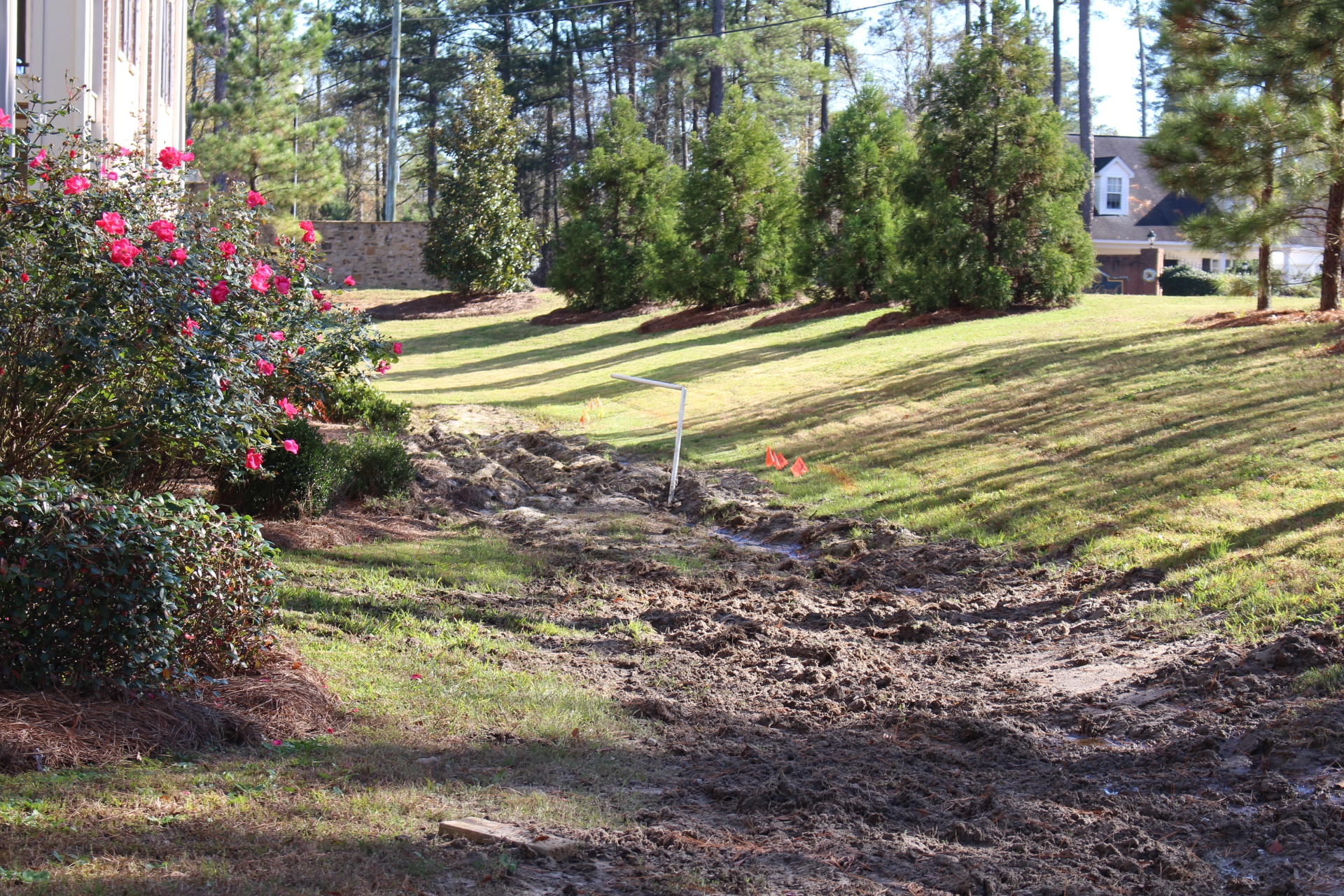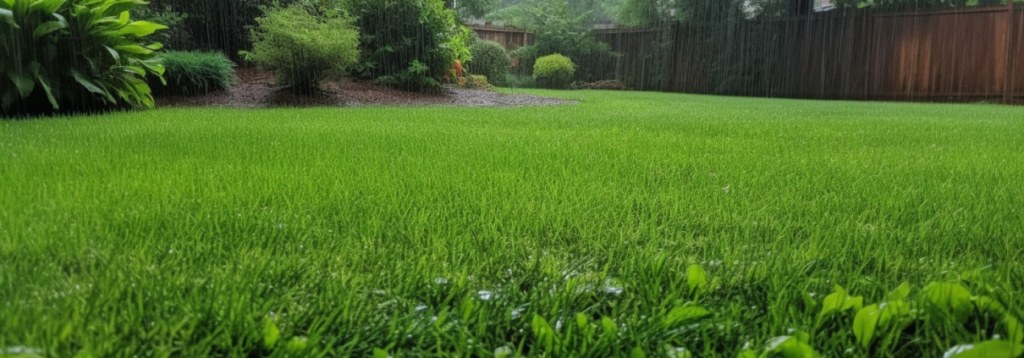

Drainage problems causing yard flooding are a common landscaping challenge, impacting property values and homeowner enjoyment. This comprehensive guide will explore the root causes of yard flooding and provide practical, effective landscape solutions to create a beautiful, functional, and flood-free yard. We’ll delve into the importance of proper grading, efficient drainage systems, and strategic landscaping choices to address these issues. This article will detail the key elements for a comprehensive solution, including practical examples and actionable advice, ensuring a successful result.
Understanding Drainage Problems and Yard Flooding
Common Causes of Yard Flooding
Many homeowners face the frustrating issue of yard flooding, a common problem with severe consequences. Several factors can contribute to this issue, including poor grading, inadequate drainage systems, and unsuitable landscaping. Water runoff during heavy rainfall can overwhelm existing drainage systems, leading to water pooling and eventual flooding. This situation can quickly create a significant problem, potentially damaging your yard and foundations, and also decreasing your property value.
Identifying the Root Cause of Yard Flooding
Determining the precise cause of your yard flooding is the first step in finding an effective solution. A thorough assessment needs to consider various contributing elements. Pay attention to where water pools in your yard, and the direction of water runoff during heavy rainfall, noting any low-lying areas or clogged drainage systems. Is the problem related to inadequate drainage pipes, poor grading, or a combination of factors? Identifying the cause helps you to focus on the appropriate and most effective solutions.
Designing Effective Drainage Systems
Related Post : Grass Growing Unevenly? How to Achieve a Uniform Lawn
Assessing Existing Drainage Infrastructure
Before implementing any new drainage system, thoroughly assess your existing infrastructure. Analyze your current drainage pipes to identify any blockages, leaks, or areas with insufficient capacity. Properly identifying these issues allows you to design a more effective and long-term solution.
Implementing Sustainable Drainage Solutions
Sustainable drainage systems are crucial for preventing waterlogging and flooding. These include permeable paving materials in walkways, or rain gardens that collect and filter excess water. These methods offer several benefits compared to traditional drainage approaches, reducing the impact on surrounding environments and property.
Strategic Landscaping for Drainage Improvement
The Role of Proper Grading in Drainage
Proper grading is fundamental to directing water away from your home and yard effectively. A properly graded yard ensures water flows away from structures, preventing water buildup. Consider the slope of your land. If your yard has a flat area, introducing subtle inclines can aid drainage.
Choosing the Right Plants for Drainage
Consider native plant species and their water requirements to create a landscape that complements the existing drainage situation. Native plants are often more resilient and better equipped to handle local environmental conditions. Select plants that are suitable for the specific soil and drainage conditions in your yard. The selection of the correct species can contribute significantly to preventing flooding and improving drainage.
Integrating Technology for Drainage Solutions
Smart Drainage Monitoring Systems
Advancements in technology offer innovative tools for monitoring drainage systems, helping to identify potential issues proactively. Smart sensors can track water levels and notify you of potential flooding. These tools enhance proactive maintenance and can save you significant expenses.
Maintaining and Upkeep for Long-Term Solutions
Regular Inspection and Maintenance
Consistent inspection of your drainage system is essential for long-term effectiveness. Identifying and addressing issues promptly prevents major problems later. For example, regular gutter cleaning can prevent clogs and maintain proper water flow.
Addressing Existing Damage to Drainage Infrastructure
Identify and promptly address any damage or issues with your existing drainage infrastructure. Whether it’s repairing cracks in pipes, or ensuring proper functionality of existing components, addressing these issues is essential for the long-term health and efficiency of the system.
In conclusion, effectively addressing yard flooding from drainage problems requires a multifaceted approach, combining proper grading, efficient drainage systems, and strategic landscaping. By understanding the specific issues impacting your property and implementing the right solutions, you can prevent future flooding and enhance the overall aesthetic and value of your yard. Contact a local landscaping professional for a consultation to get started on creating a beautiful and functional outdoor space. Ready to reclaim your yard from flooding? Visit our website for more landscaping solutions!